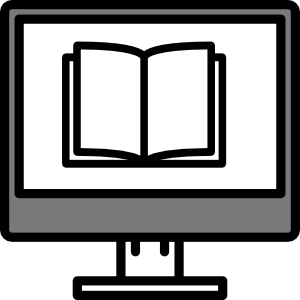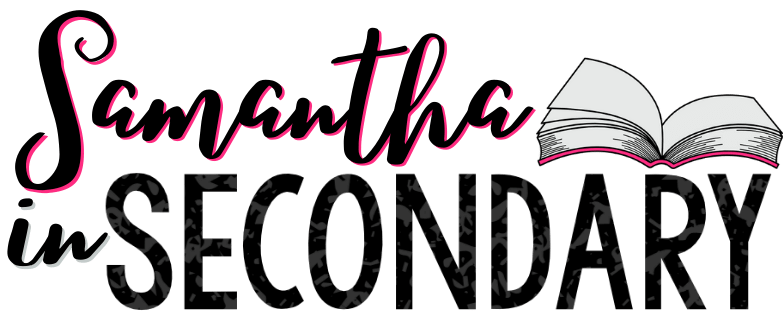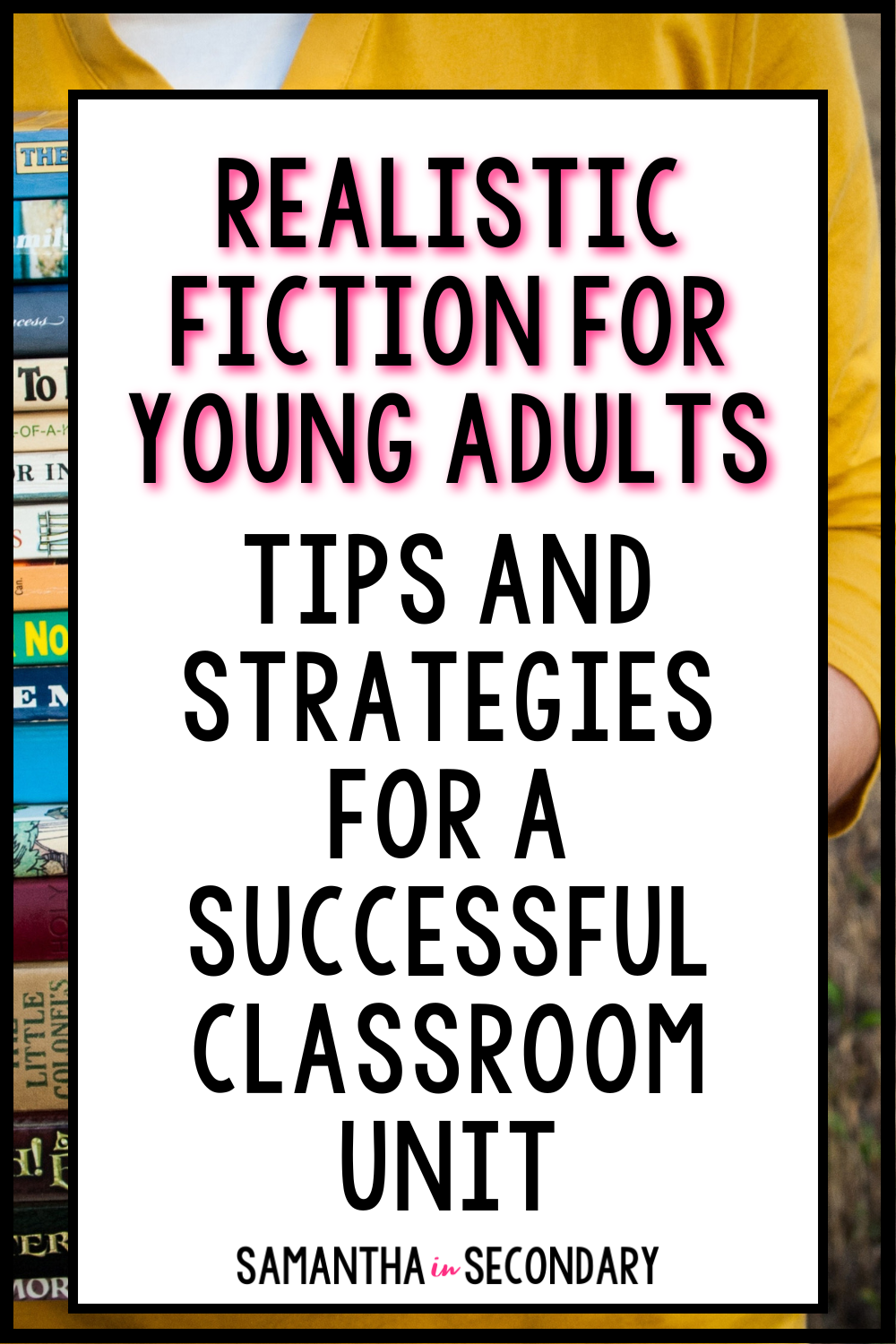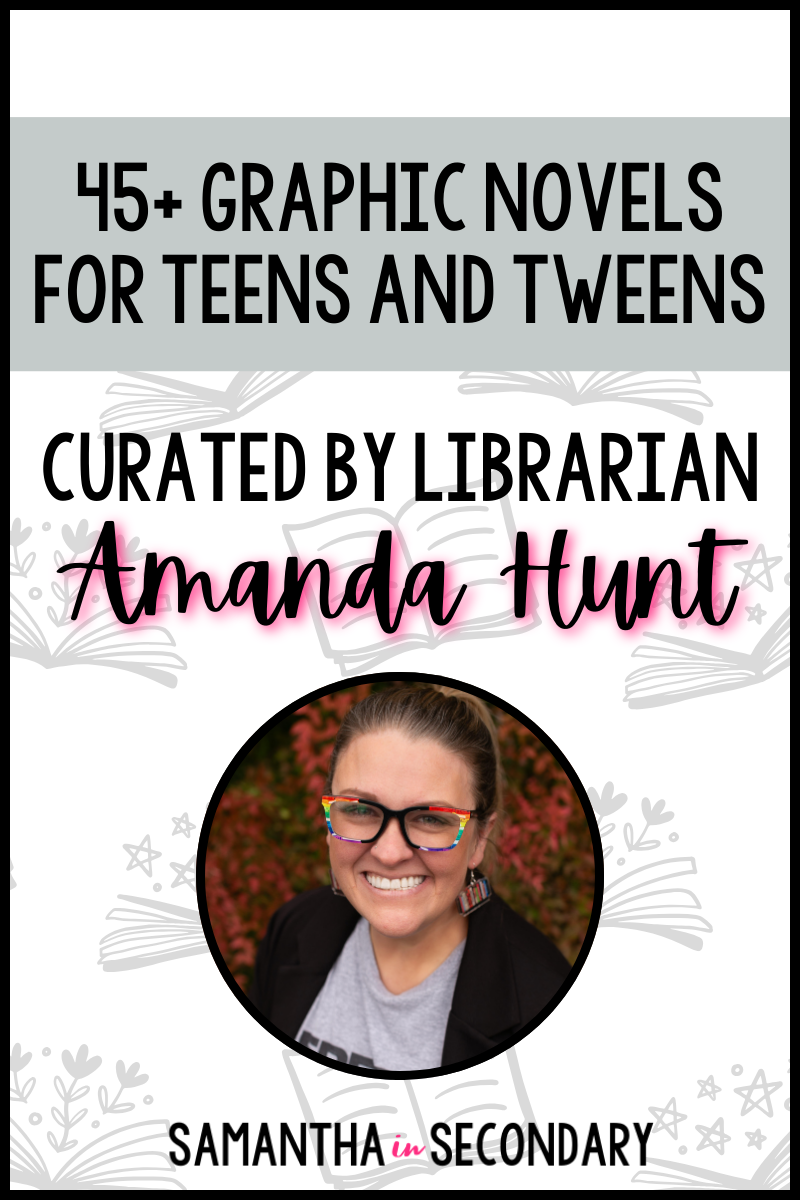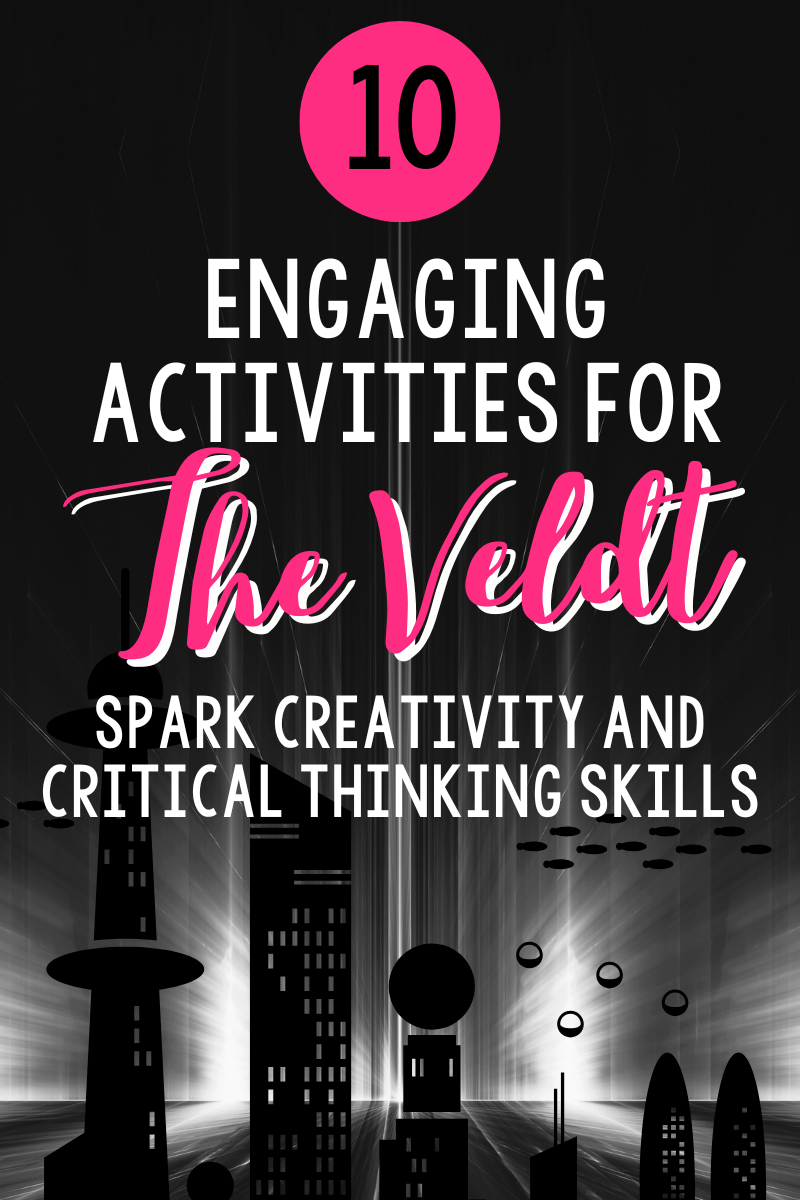As an English teacher, do you ever find yourself in the same creative rut when it comes to assessing your students during a choice reading unit? You know that the focus should be on their engagement with what they are reading and not merely understanding plot points, but how can you assess something so abstract as critical thinking skills? I don’t have all of the answers, but I believe there is a solution! Through years of exploration into using creativity to enhance learning outcomes, my goal is to help teachers break out of this same assessment cycle and foster data-backed approaches for measuring student progress. Let’s dive into some ways that teachers can get creative when assessing student progress in their choice-reading programs.
Note: This blog is a guest feature from Yaddy at Yaddy’s Room. Yaddy is a secondary ELA teacher and blogger who loves sharing valuable strategies you can implement in your own classroom. Visit Yaddy at her website here or on Instagram @yaddysroom.
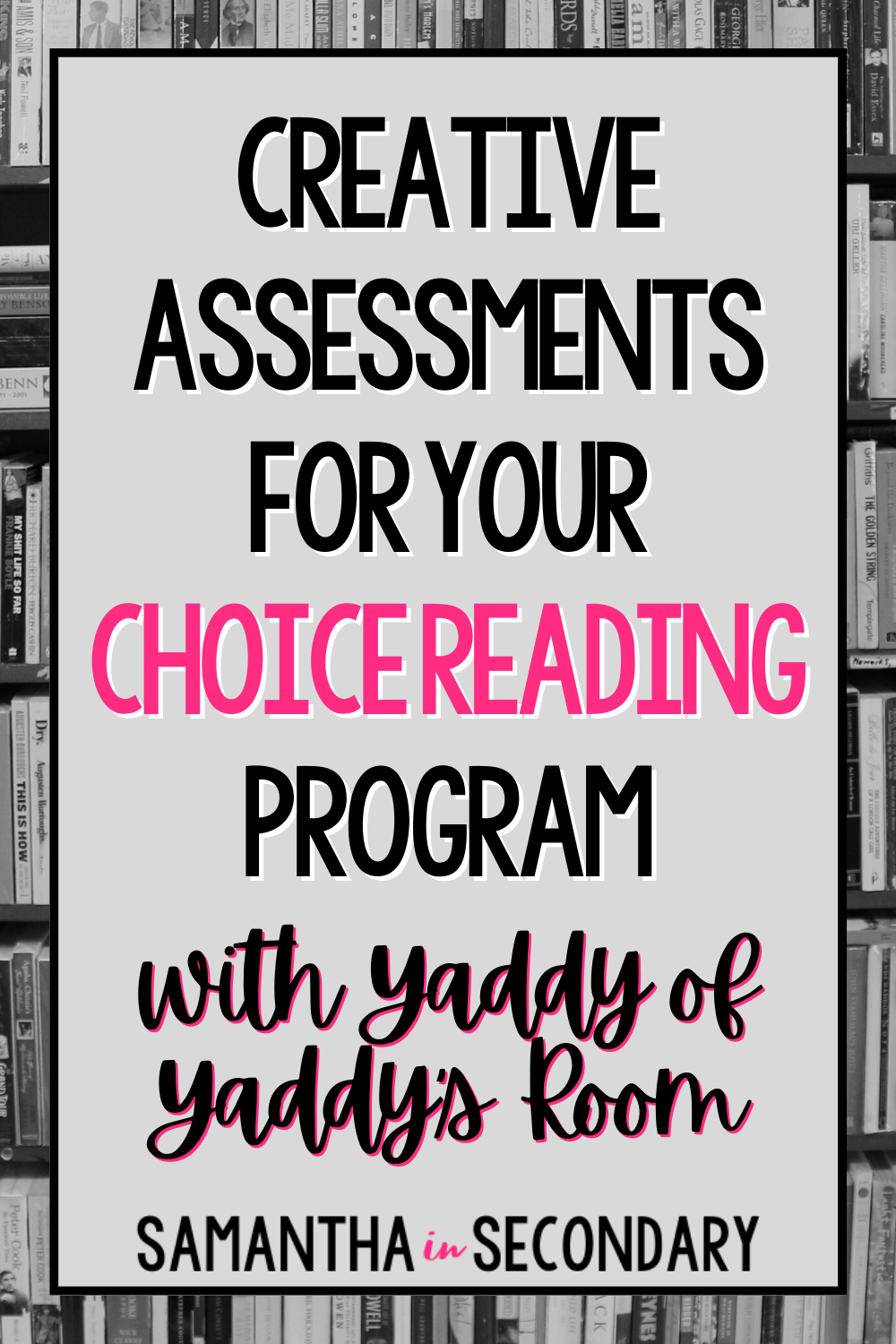
Try Out A Bloom’s Taxonomy Ball
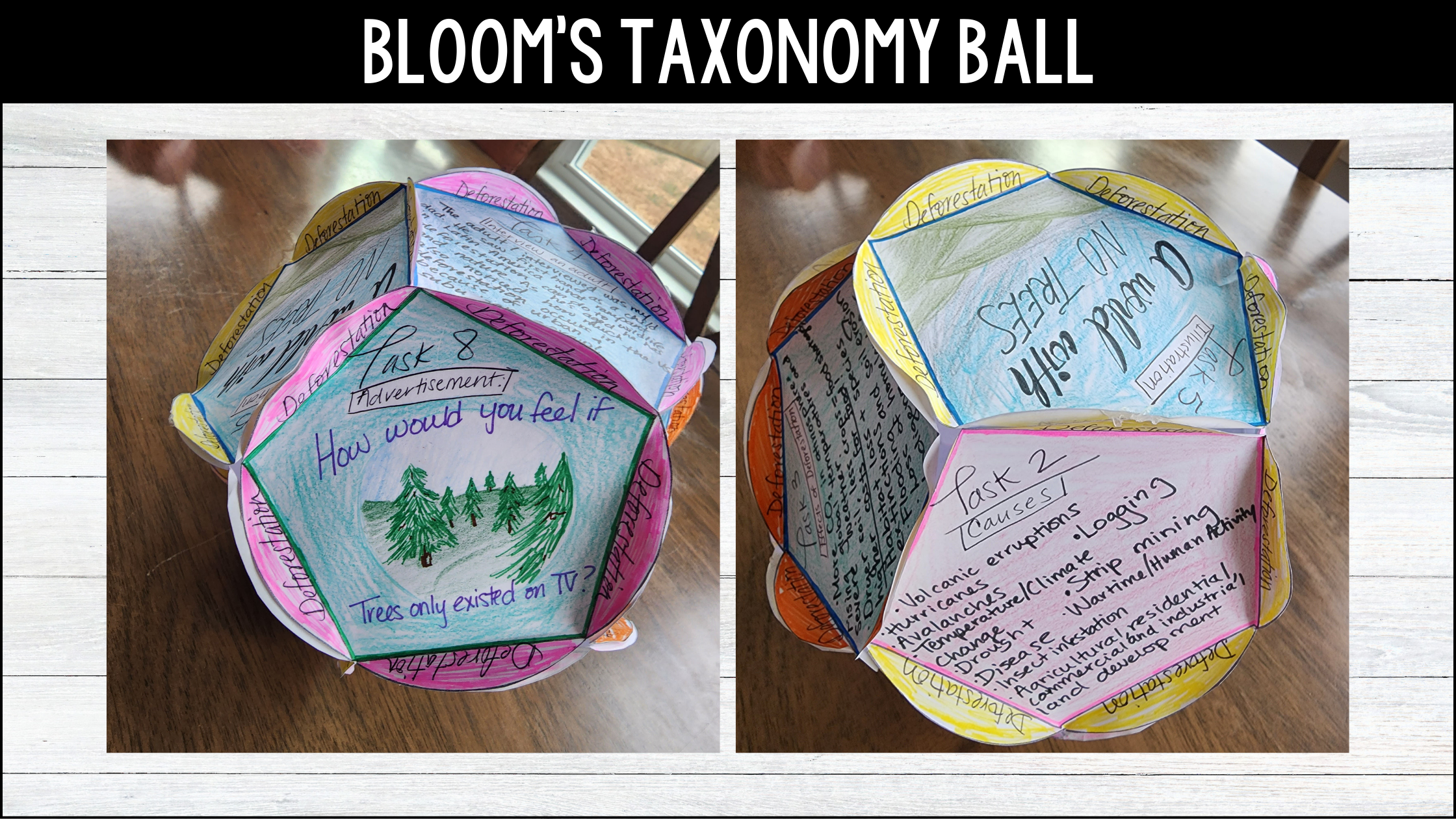
The Bloom’s Taxonomy Ball is a fun, creative way to assess student understanding. It’s great for projects and assignments that involve applying knowledge of different concepts. The ball has 12 pentagon sides that build up into a dodecahedron to help guide various stages or areas of cognitive thinking – remembering, understanding, applying, analyzing, evaluating and creating. I have used it with Romeo and Juliet and a fun environmental nonfiction unit (you can check it out here). Although they had read extensively on the subject they were challenged to apply their knowledge differently with this creative assessment tool, ultimately leading to a more engaging learning experience.
Choice Reading Mock Trials
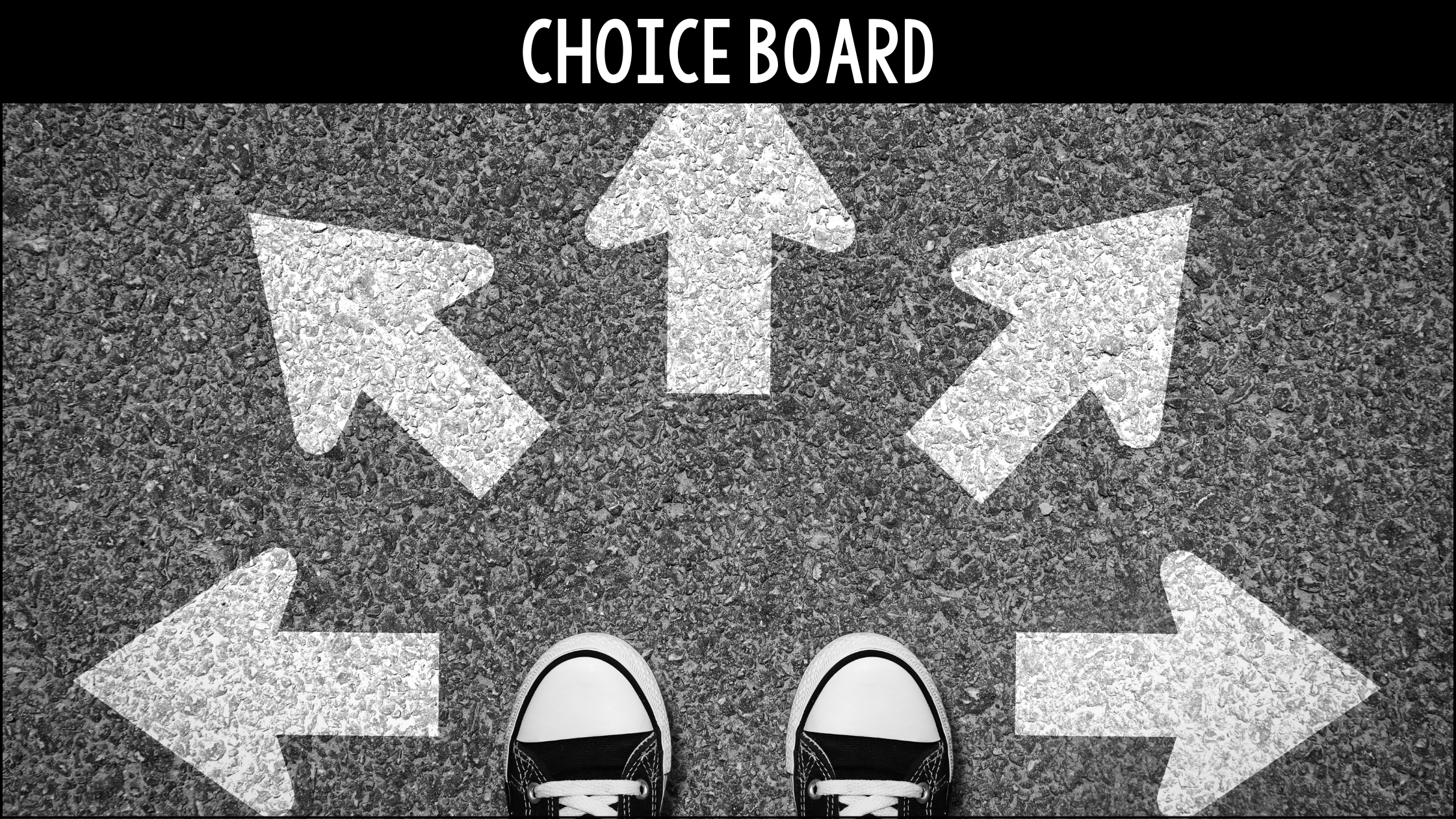
Mock trials are an interesting and creative assessment of both knowledge and wits. In a mock trial, participants use their legal skills to practice the same techniques real lawyers employ in court. As someone who has been lucky enough to participate in a few of these experiments, I can tell you first-hand just how exciting and nerve-wracking they can be! It’s not easy to balance creative thinking with legal procedures during the heat of battle, but efficient researchers make formidable opponents that bring out the best in everyone present. Watching opposing teams battle it out in court is like a match of chess between two grandmasters – only more dynamic and thrilling. You can see how I incorporate mock trials in this true crime mock trial for serial killer Billy Gohl, complete with pieces of evidence and a judge’s script!
Design a Video Book Report
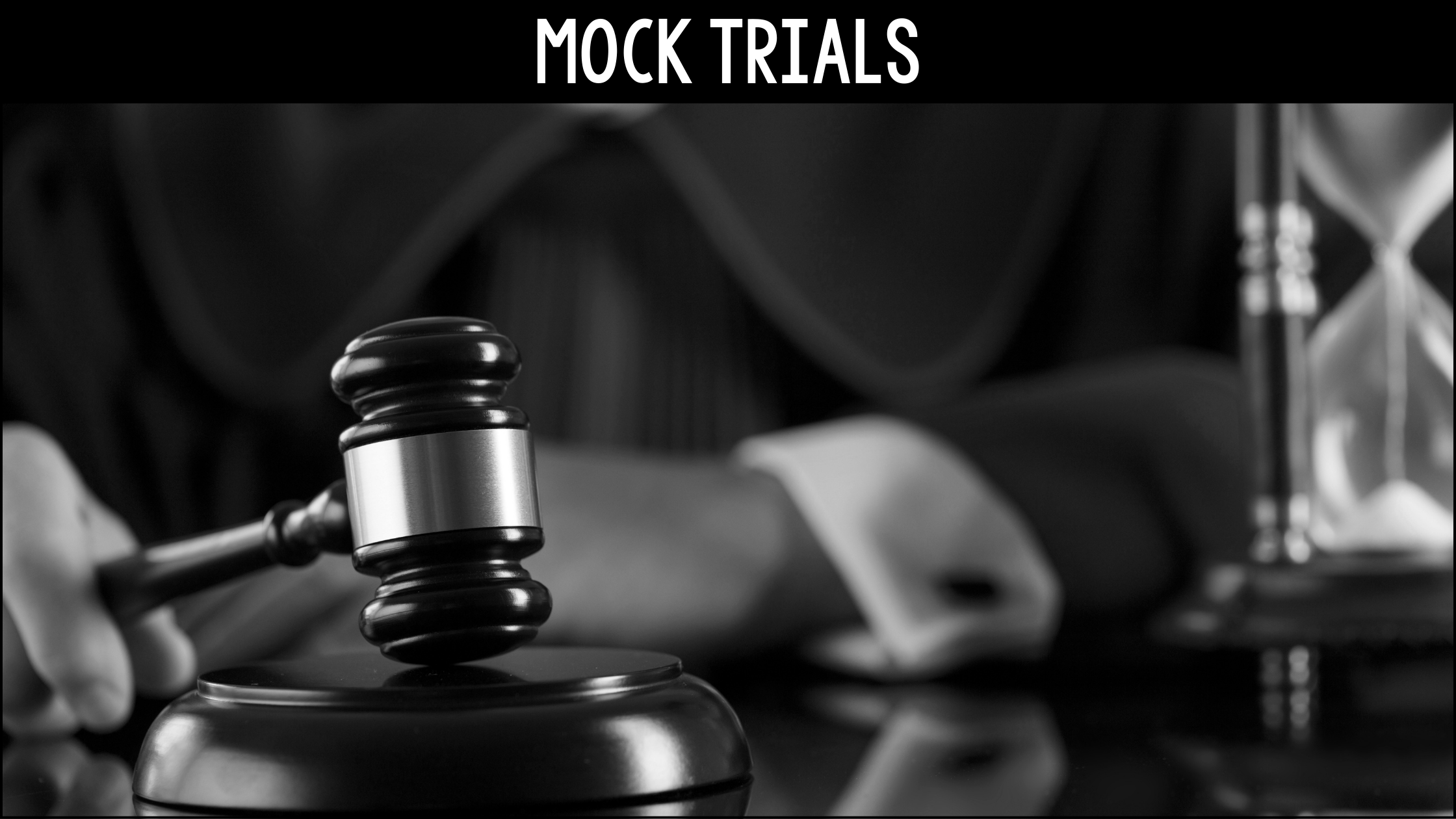
Designing a video book report is an inventive way to give students an opportunity to demonstrate their understanding of a text. From scripting to editing, creating a video book report requires creative skills and media literacy. It also gives students a fun and accessible method for expressing their knowledge of the material. Students can create compelling stories, deliver effective storytelling techniques, or produce meaningful clips — it’s up to them how they present the information. While video creation is no easy feat, with some help from teachers and guidance from technology, designing video book reports can be an incredibly rewarding experience. You can test out a short form video project, too, to see if your students are up for it!
Create a Choice Reading Board of Tasks

Sometimes, more is more. Choice boards are a great way of getting your students to be assessed on their terms. I like to divide my choice board assessments into categories where students can choose something writing intensive, something artistic, or something traditional. For example, in a choice board for Romeo and Juliet, I would allow students to choose between a literary analysis paper, a research paper into teen mental health, or a stage design of one of the key themes. All of my artistic options often come with a defense of artistic choices and how it connects back to the play and whatever standard I am trying to focus on. One thing to keep in mind is to warn students that all options require critical thinking and writing of some form.
Literary Food Trucks
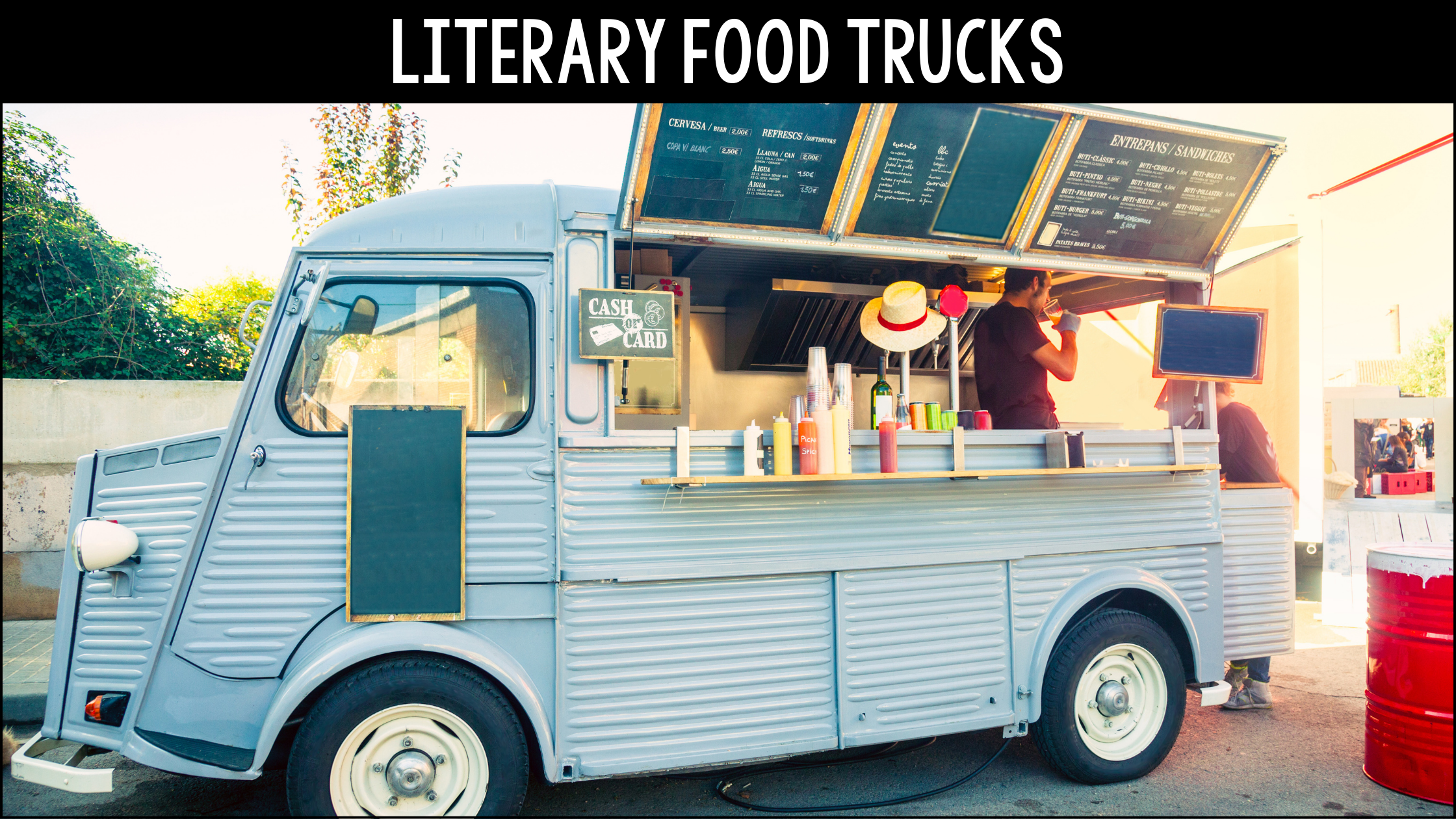
I’m always on the lookout for alternative ways to engage with literature, and I think literary food trucks have a lot of potential! As an alternative to book reports, students could be asked to design a menu of dishes inspired by characters, plotlines, emotions and themes from a book. Not only does this provide them with the opportunity for more creative expression, but it also challenges them to dive into their reading in a more meaningful way. The best part is that they can then bring their dishes together in one place: at a literal “literary cafe”! This could serve as both creative space and an entertaining event that brings class discussions to life.
You can check out my free literary food truck guide here!
No matter what you choose for your choice reading program’s assessment, the most important thing to consider is that it works for your teaching style and your students. Not into TikTok? Don’t feel forced into using it. More comfortable with traditional writing and need a soft entry into creative assessments? Then choice boards or Bloom balls will be right for you! Might be more your speed!
You can check me out on my blog, TeachersPayTeachers, instagram, and TikTok!
Looking for more choice reading tips and strategies? Click here for more great posts all about independent reading!


